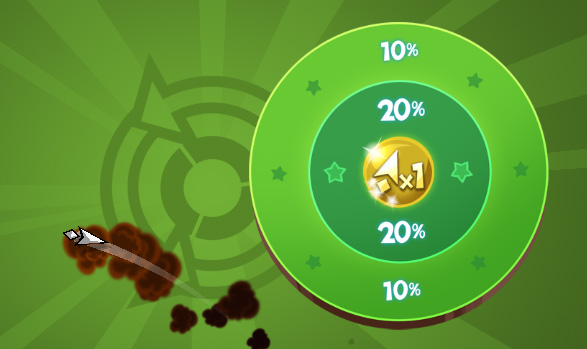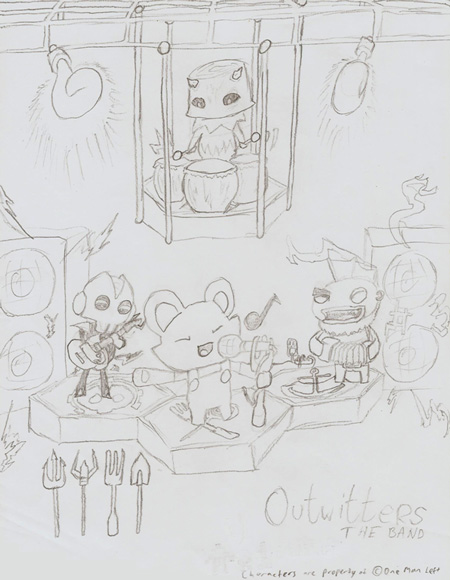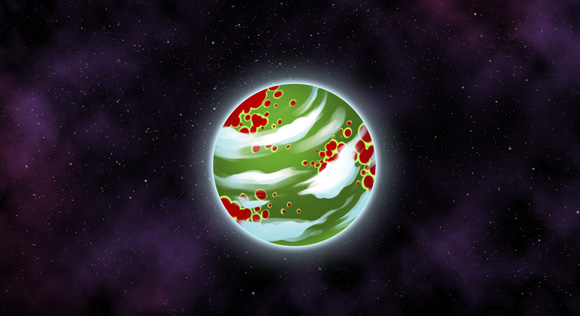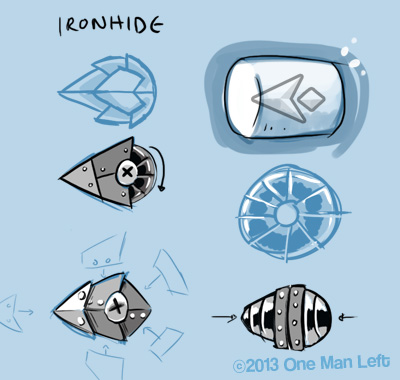Check out this new fanart from a mysterious artist known only as “Someone Someone”. If the Veggienaut up top can get to those wits, he might be able to kill that vocalist.
Whit Trebella was the man responsible for the first original music our games ever had. He scored Code Red, Frostbite, and Viva la Turret in the original Tilt to Live, and went on to provide tunes for a ton of great iOS games like Velocispider and Casey’s Contraptions.
Through sheer force of will he one day sprouted the ability to code, releasing his own sliding puzzle game by the name of Polymer. His new project is out today, and it’s a twitchy avoidance game called Pivvot. Seeing as how anyone reading this blog is probably into twitchy avoidance games, you should definitely check out this trailer and give it a shot. It’s like Super Hexagon on a race track.
Tilt to Live 2 somehow landed a spot on Pocket Gamer’s list of the “36 most anticipated iOS and Android games for the rest of 2013“, even though we haven’t shown any screenshots or video. Thanks for believing in us!
Huge thank you to everyone that helped spread the word about our interactive designer portfolio search. We’ve got a lot of good candidates to sift through, and we’re excited to see what an extra pair of hands will get us. Since Outwitters, I’ve had this nagging itch to focus on improving my style, characters, environments, and animation (not to mention the whole game design thing). Menu design has always been sort of this other world. I go there for a little while every year or so, and I only remember enough of the language to ask where the bathroom is. It’ll be nice to have someone more fluent around.
The enemies and weapons are all pretty much in, so once we fill in some UI blanks TtL2 will be ready for alpha testing. We’re also really excited about Mike Reagan starting work next month. When sound effects and music start coming in, it really feels like a totally different game.
I’m going to take this week’s post to do something a little boring, which is remind everyone that you can sign up to get an email as soon as Tilt to Live 2 is released. We don’t really use the list for much else, so there’s no worrying about loads of dookie clogging your inbox. Just “Hey, our new game’s out”, or “Hey, a cool update’s out”. It’s good for when life’s fickle whirlwind scoops you up into its funnel of distractions, and you forget to keep checking this blog.
And since you sat through that, here’s what Tilt to Live looks like FROM SPACE.
If you (or someone you know) is a talented freelance graphic, web, or interactive designer that would be interested in helping us design our game user interfaces, send a portfolio link to press {at} onemanleft.com. To clarify, we’re not looking for people who do this “on the side”. If we like your work, we may have a contract for you in the near future.
Did you know that one time, our RSS link was broken? I know! It feels like forever ago now, because we fixed it today.
Here’s some sketches for a new, bubble-shield-style defensive weapon I was calling Ironhide. Also one of them is a marshmallow. We decided to take this in a different direction.




